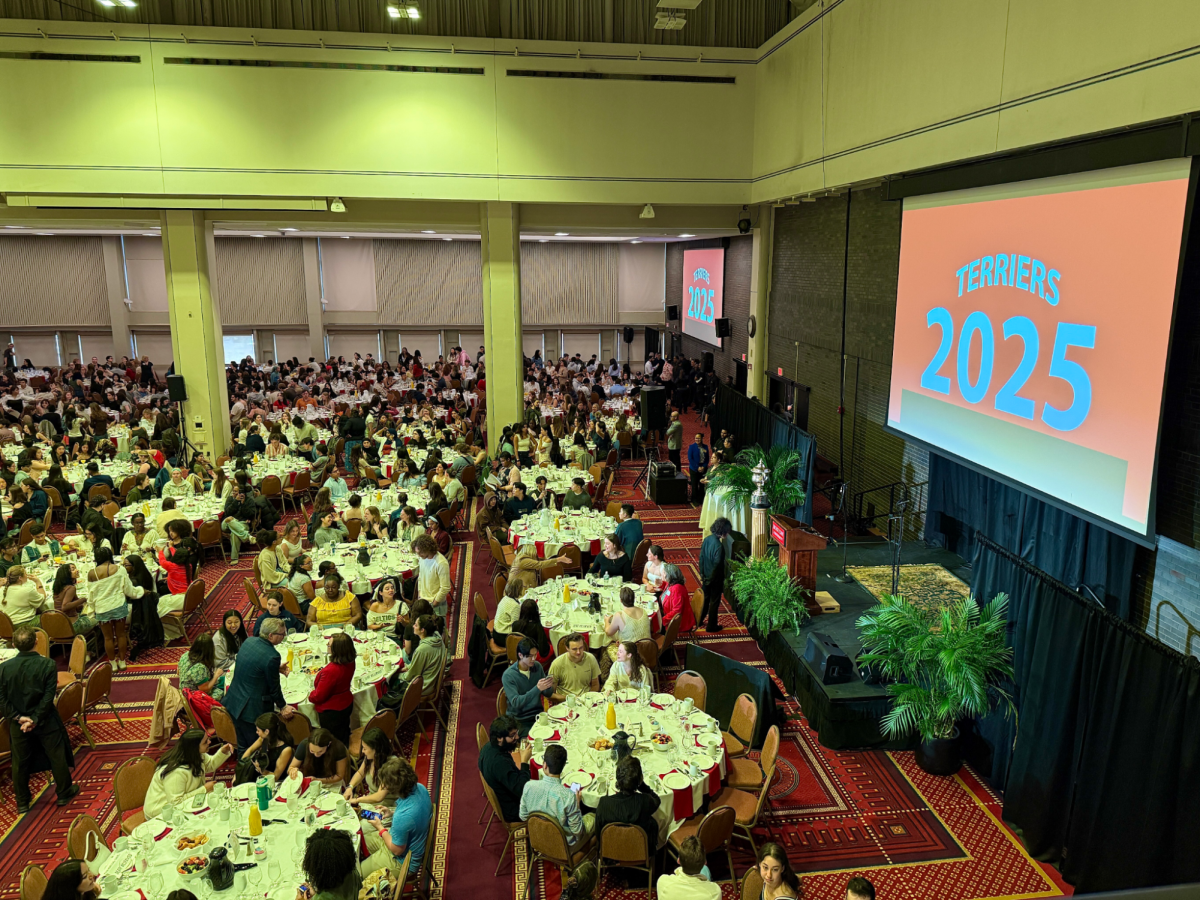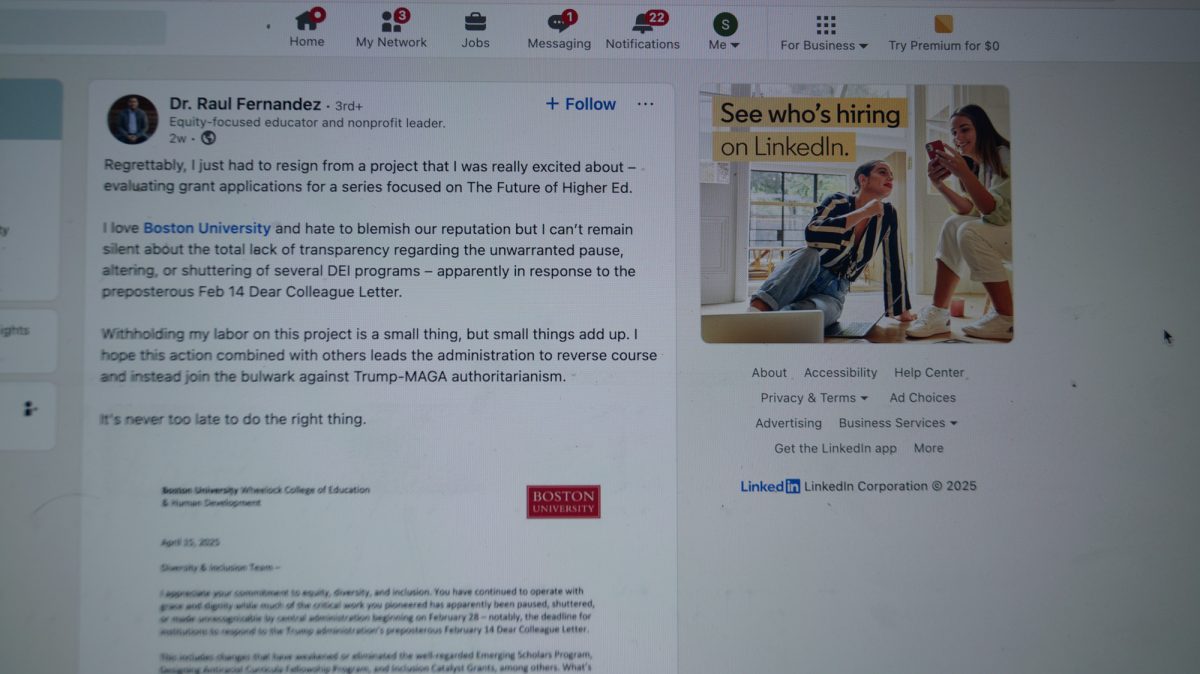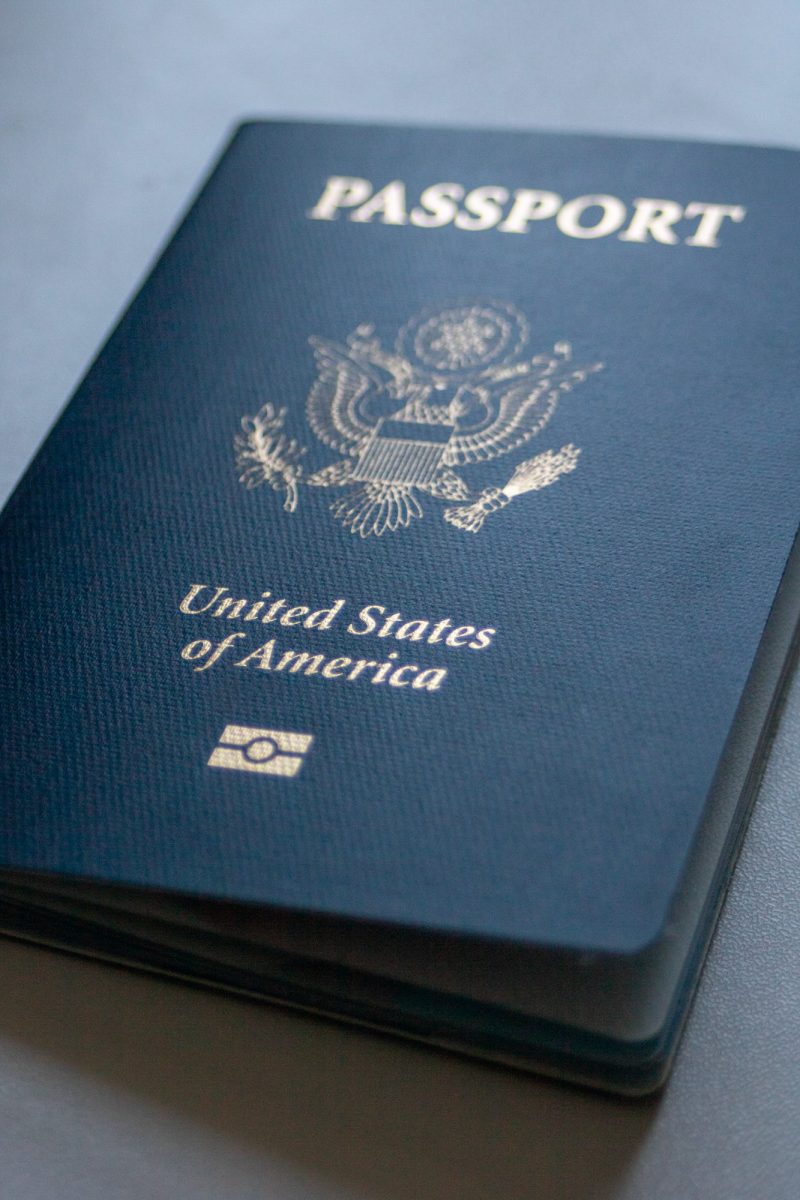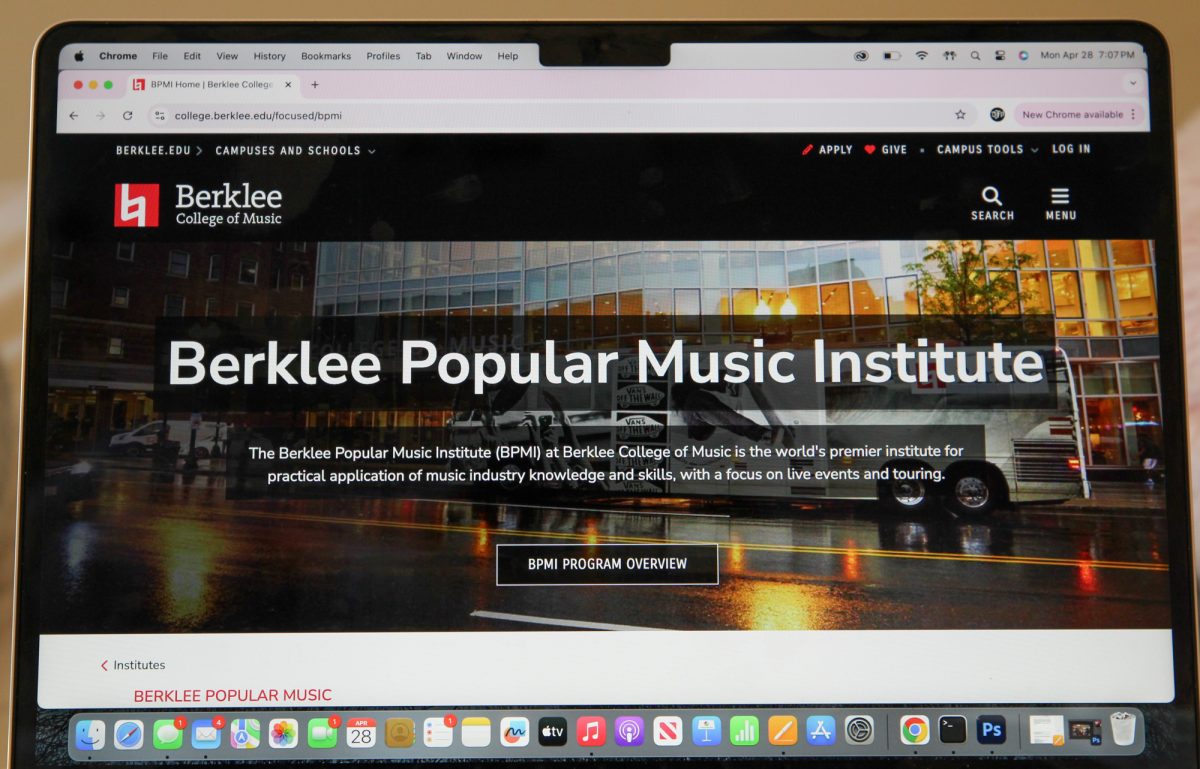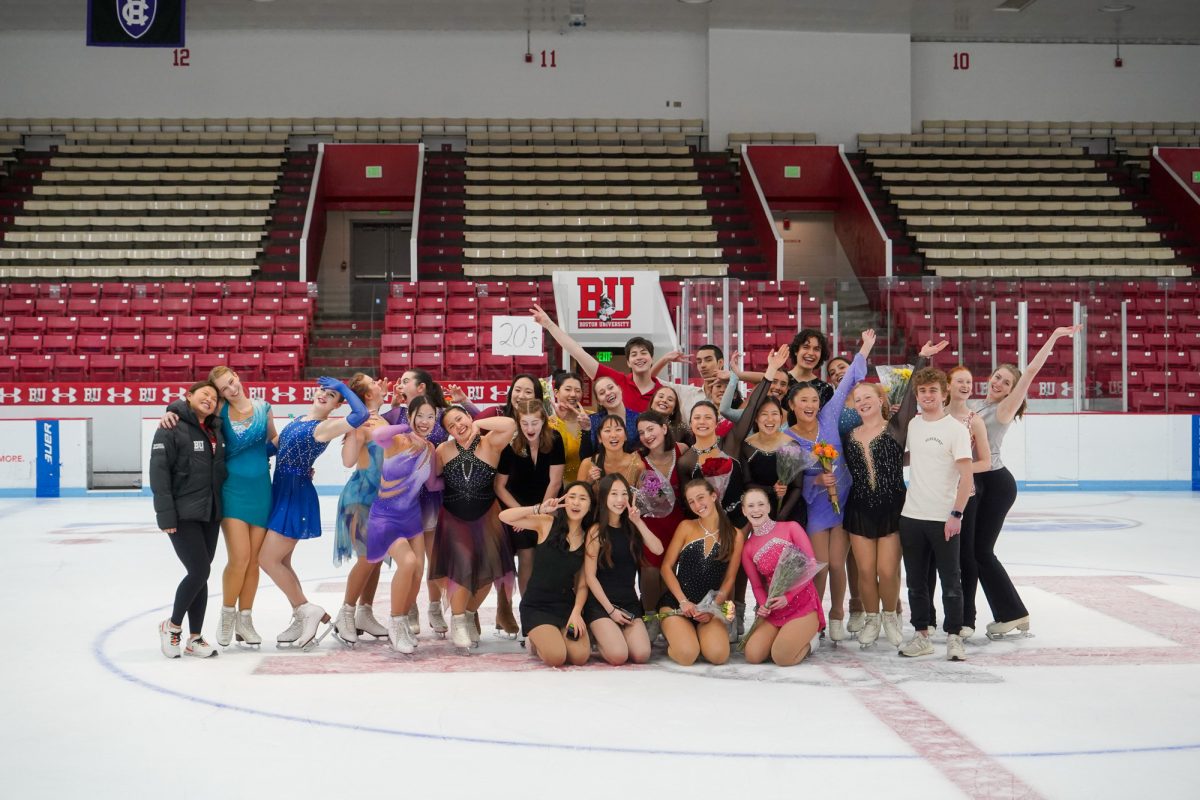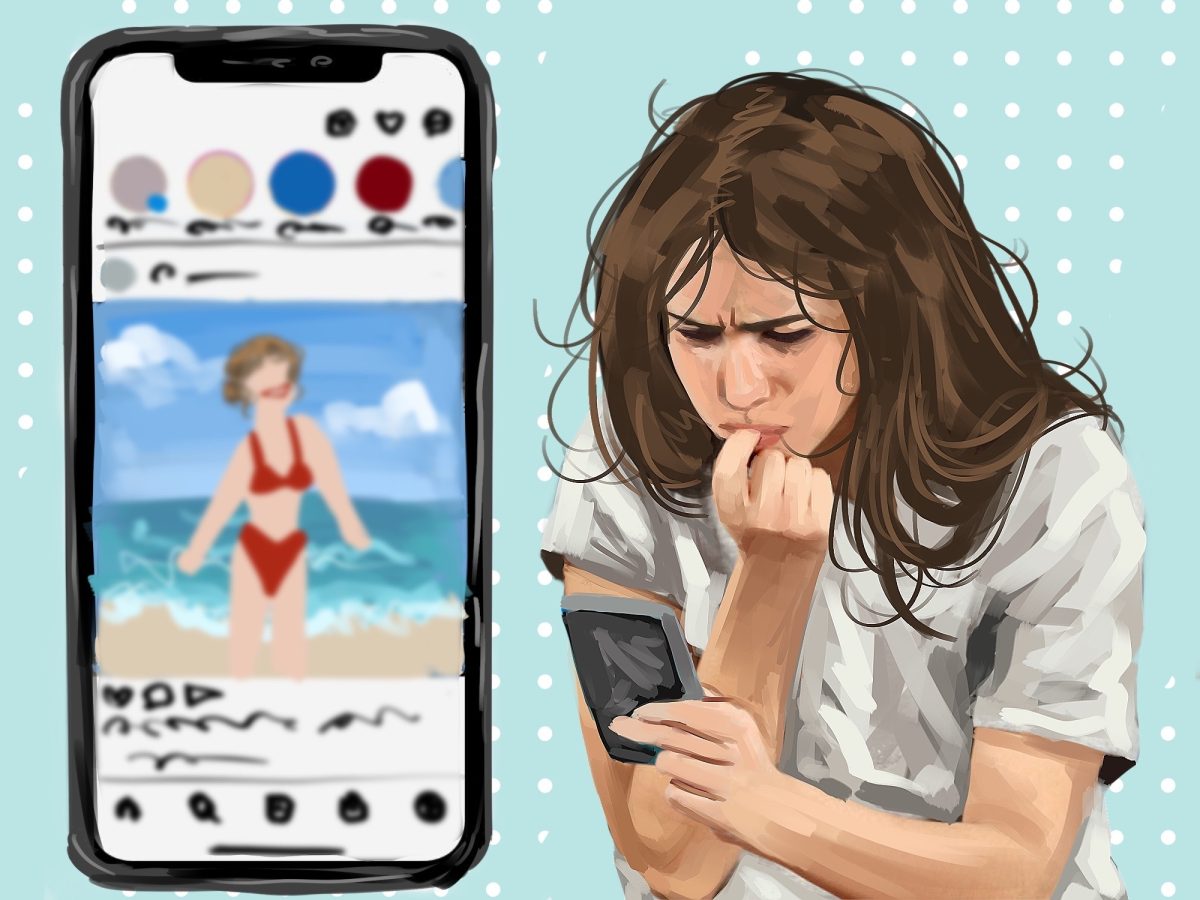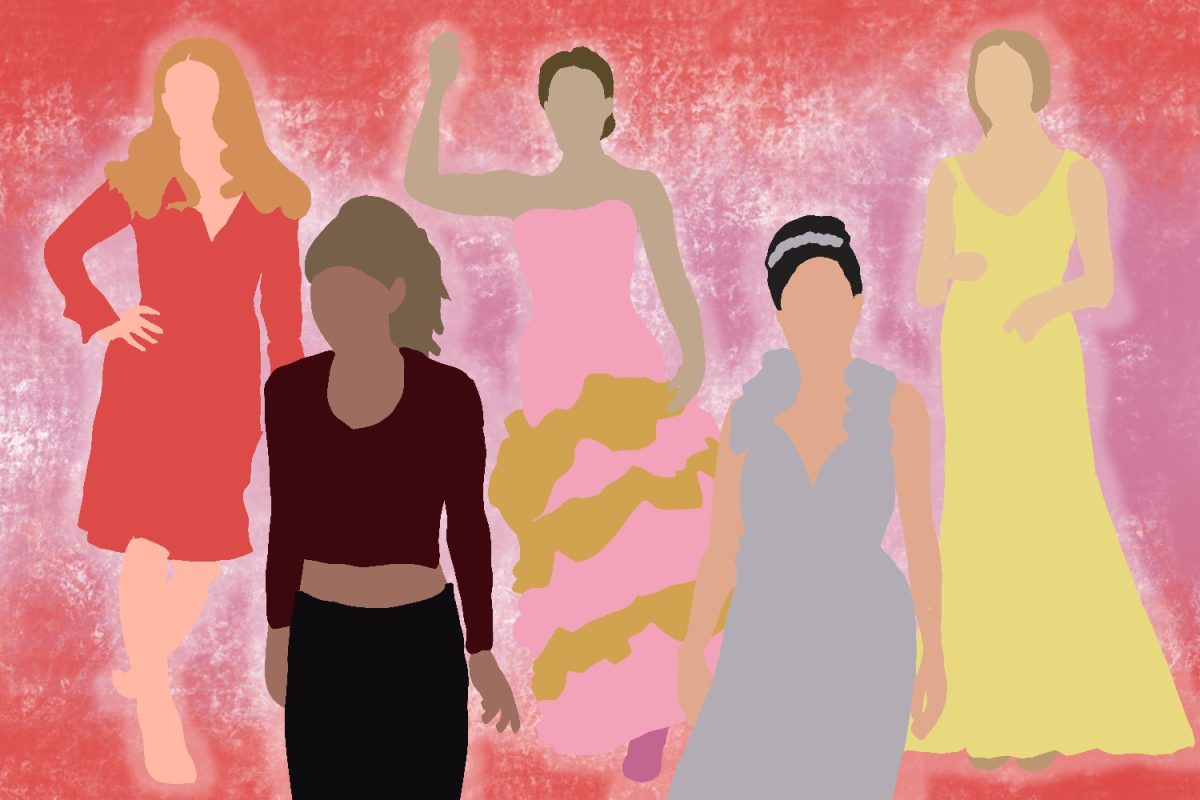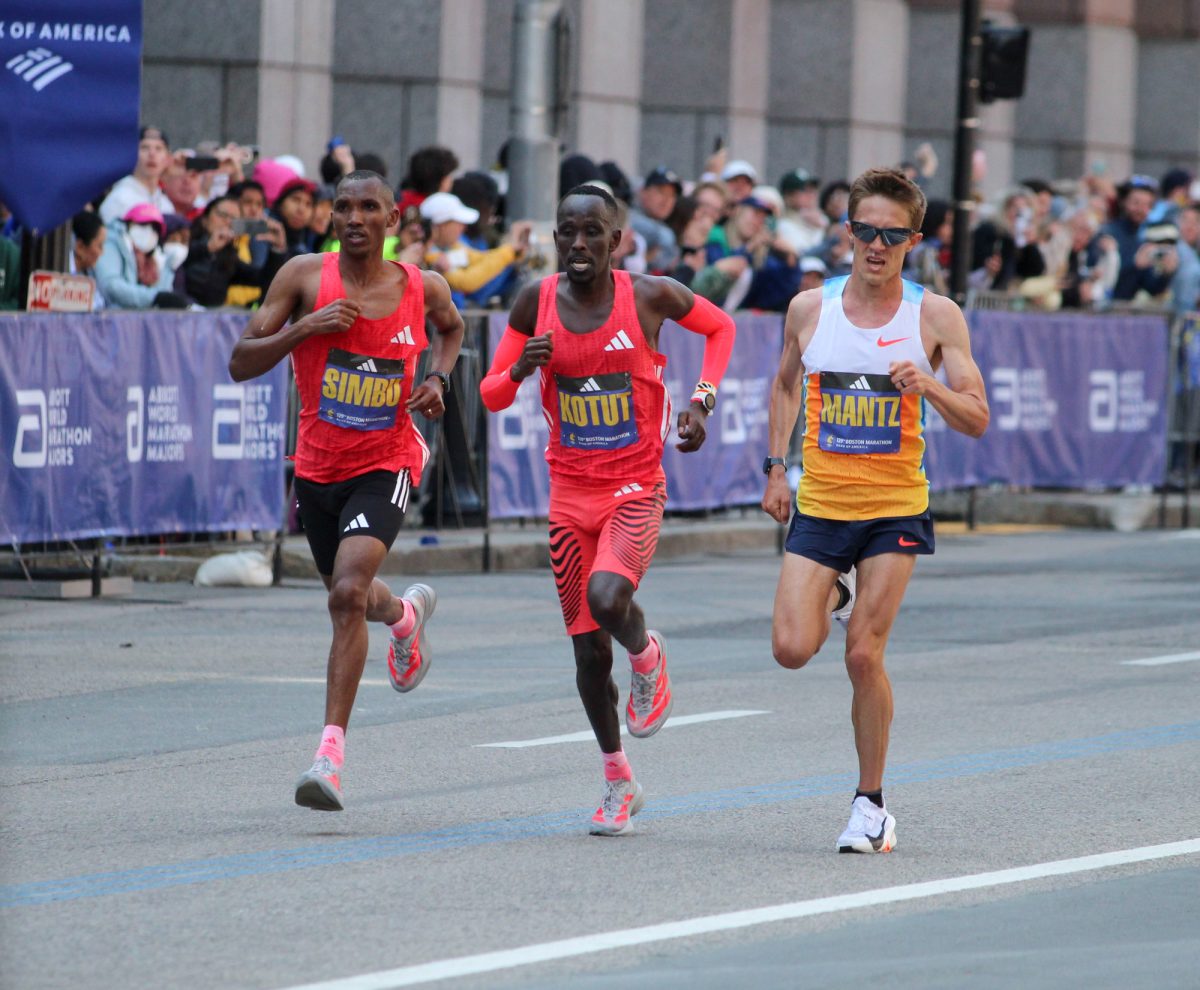How about those big blue eyes? Did you see what that girl was wearing? Ooh lala, who’s the new kid?
Males and females give each other the once-over in search of that instant physical attraction–call it love at first glance. But people aren’t scoping out people just for their next date or hookup; they’re also scanning members of the same sex of the opposite sex, sizing up the competition.
According to a recent Florida State University study, straight, single individuals tend to ogle those of the opposite sex, scoping out potential mates, while those in a relationship are more likely to automatically check out members of their own sex.
IF YOU KNOW WHAT’S
GOOD FOR YOU. . .
FSU psychology graduate student D. Aaron Rouby co-authored a study with assistant psychology professor Jon Maner and psychology graduate students Matthew Gailliot and Saul Miller, “Can’t Take My Eyes Off You: Attentional Adhesion to Mates and Rivals,” which explored the process of the prowl and was published in the September issue of the Journal of Personality and Social Psychology,
“When we’re feeling sexually aroused, our attention gets ‘stuck on’ people who represent desirable mates — those who are especially physically attractive,” said Rouby in an email. “When we’re feeling jealous, though, our attention tends to get stuck on physically attractive people of our own sex.”
He said that when individuals feel threatened by someone of their same sex, they tend to funnel more attention toward their competitors, scoping out potential rivals.
“Our brain has been designed to be highly attune to people whom are relevant to our current motivational states and to satisfying the goals that we currently have,” Rouby said, “goals like finding a new mate or protecting a mate we already have.”
University of Amsterdam Department of Social Psychology and FSU graduate student Matthew Gailliot said in an email that people tend to focus on individuals who help them meet their goals.
“If we’re looking for romance or sex, then our attention is grabbed by people who can help meet those goals, as well as people who could thwart them,” said Gailliot, who also co-authored the study.
BEAUTY IN THE EYE
OF THE SCIENTIST
How did a bunch of guys from FSU determine whether or not the subjects being scrutinized were attractive or not?
“We determine whether our stimulus persons are considered ‘attractive’ or average’ by having independent research assistants rate them on a scale from 1-9,” Rouby said. “We get several ratings for each stimulus person and average them.”
Gailliot said students viewed photographs of various faces on a computer screen and after a period of time the face would disappear and be replaced by a circle or square in some other location on the screen. Students were then asked to press one of two keys to indicate whether the object was a square or a circle.
“The idea is that being slower to respond suggested that participants’ attention had been captured by the face,” he said. “It took them longer to look away.”
“Personally I like to think that attractiveness can vary dramatically,” Gailliot said. “What is attractive to one person isn’t necessarily attractive to another. But, research tends to suggest otherwise, and there are certain features seen as attractive by people across the globe.”
He said such universally appealing features include a symmetrical face, as well as a particular waist-to-hip ratio in women.
CONSCIOUS OF THE
COMPETITION
School of Management senior Salonie Patel said it is only natural for girls to notice other attractive girls because of the competition between women.
“I think you look at them to see what they’re wearing or how they’re dressed and if they look really hideous you might talk about it,” she said. “You try to find some fault.”
The competition between women is potentially what attracts women who are in a relationship to stare at other women: They are scoping out potential competitors.
SMG senior Divya Puri said people tend to judge others of the same sex in more of a harsh light due to this innate competition.
“It’s sort of intuitive,” she said. “You would judge what someone of the same gender is wearing . . . what they’re doing, how they look.”
“If it’s a girl its like, ‘why is she attractive?'” Puri continued. “You notice the eyes and you notice the nose.”
ON THE PROWL
Rouby said gays were excluded from the analysis portion of the study because the results should be exactly opposite of those in heterosexual individuals, and not enough gay individuals participated in the study to make a separate study.
Both Puri and Patel said they thought that if the study had analyzed gay individuals the results would be similar. They said they thought gay men might look at other men and lesbian women would notice other women.
“I think it also depends on roles they play in their relationships,” Puri said. “If it’s a more feminine sort of gay man I feel like he might be looking at the women. If he’s into fashion he’s going to judge women.”
College of Arts and Sciences senior Adil Yunis said he does not notice attractive men when he walks into a crowded room. He also agreed that if the study had been conducted with gays the results would have been consistent.
“When I walk into a room I hone in on the attractive women,” the Student Union president said. “I think attraction is based on something subconscious and it’s based on your preference.
“Girls notice other girls because they’re very critical,” Yunis said. “Guys are more insecure . . . guys won’t talk about other guys because its just . . .”
“It’s not manly,” Puri and Patel said, filling in the blank.
“Which fundamentally is insecure,” Yunis added.
SKIN-DEEP STUDY?
College of Communication junior Adam Aroesty-Cohen said in an email that he thinks the study was just “common sense” and that it would be difficult to find data on “who you ogle on a day-to-day basis.”
“This test in general is far-fetched,” he said. “The only thing it can conclude is, ‘Guys check out hot girls!’ That’s not breaking news.”
Aroesty-Cohen said he first found himself staring longer at one girl than another in first grade.
“But I’m not a scientist,” he said.
COM junior Lauren Mastrodonato said she was not surprised by the results of the study.
“I think that’s common sense,” she said. “That’s the first thing you notice when you see someone is the way they look, their appearance.”
While Mastrodonato said appearances are often shallow perceptions of people, she said her interest in fashion advertising forces her to see the importance of that outer beauty.
“I don’t think it really means anything because that’s just one step in being attracted to someone, and pursuing someone,” Mastrodonato said. “I think that when you actually have a conversation with them that means a lot more than just picking someone out of a room.”

